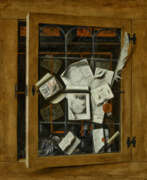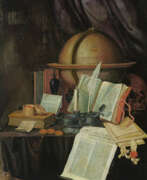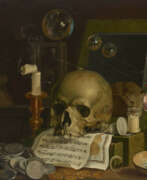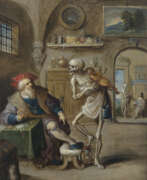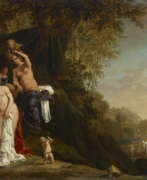Vanitas
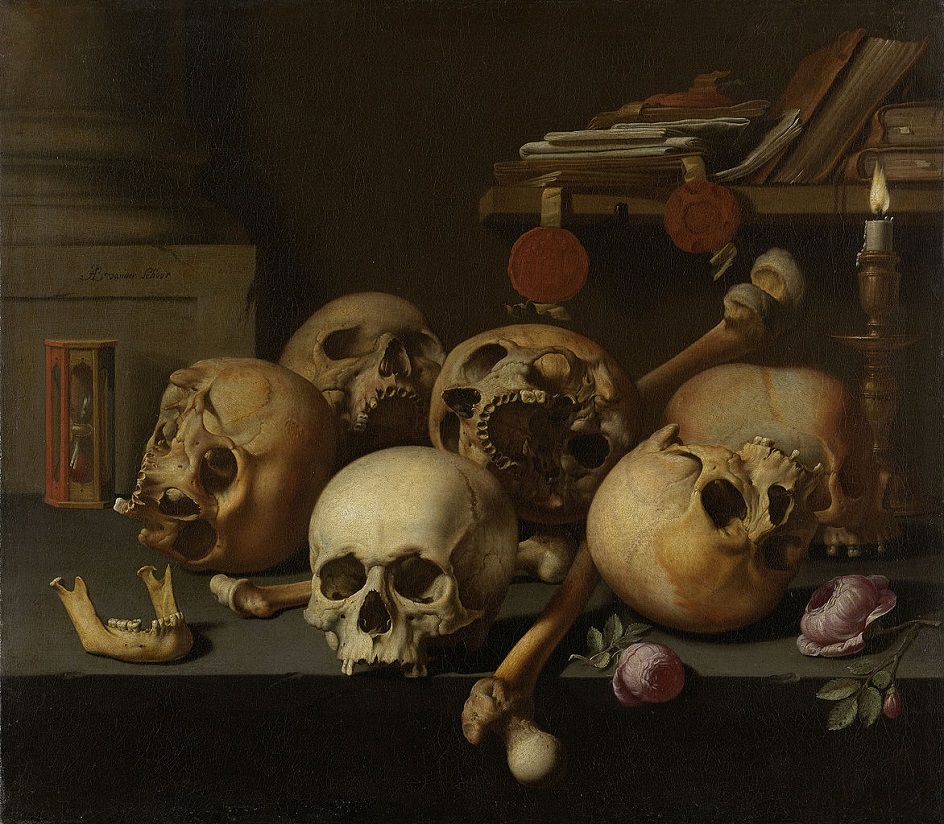
Vanitas
Vanitas, a captivating genre of art, emerged in the Netherlands during the early 17th century. This art form is renowned for its still-life paintings that symbolize the inevitability of death and the fleeting nature of earthly pleasures and achievements.
The essence of Vanitas art lies in its powerful imagery, which often includes objects like skulls, candles, and books, each serving as a reminder of life's transience and the certainty of death. The genre, deeply rooted in religious and philosophical themes, originated in the 16th century and flourished into the 17th century, reflecting the cultural and religious milieu of the time, particularly influenced by the Protestant Reformation and Counter-Reformation.
Distinguished artists like Pieter Claesz, Clara Peeters, and Sebastian Stoskopff have contributed significantly to this genre. Their works, such as Claesz's "Vanitas Still Life with Self-Portrait" (1628) and Stoskopff's "Great Vanity" (1641), exemplify the intricate and realistic style of Vanitas, emphasizing the vanity of mundane things.
Vanitas paintings are not mere artistic expressions; they are moral and religious reminders. Their rise paralleled the cultural shifts of the Protestant Reformation, which influenced Dutch artists to explore this genre. These artworks blend realism with allegorical themes, using ordinary objects to convey profound messages about life and mortality.
To delve deeper into the world of Vanitas art, consider exploring the works of artists like Maria van Oosterwijck and Abraham Mignon. Their paintings are not only visually stunning but also rich in symbolism and meaning, making them a valuable study for collectors, auctioneers, and art enthusiasts.
If you're intrigued by the world of Vanitas and wish to stay updated on new product sales and auction events related to this captivating genre, signing up for updates is a great way to stay informed. This subscription will keep you connected to the latest in Vanitas art, ensuring you don't miss any significant developments or opportunities.
| Country: | Western Europe |
|---|---|
| Start of the period: | XVII century |

